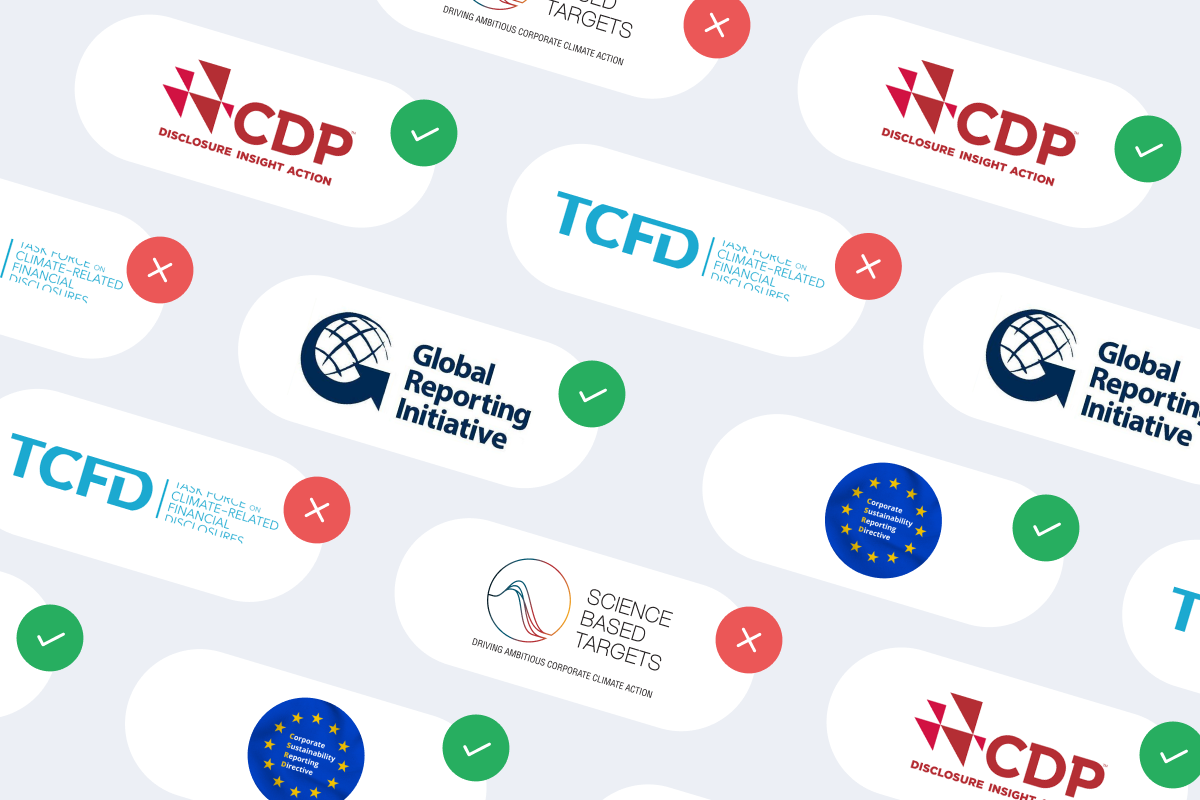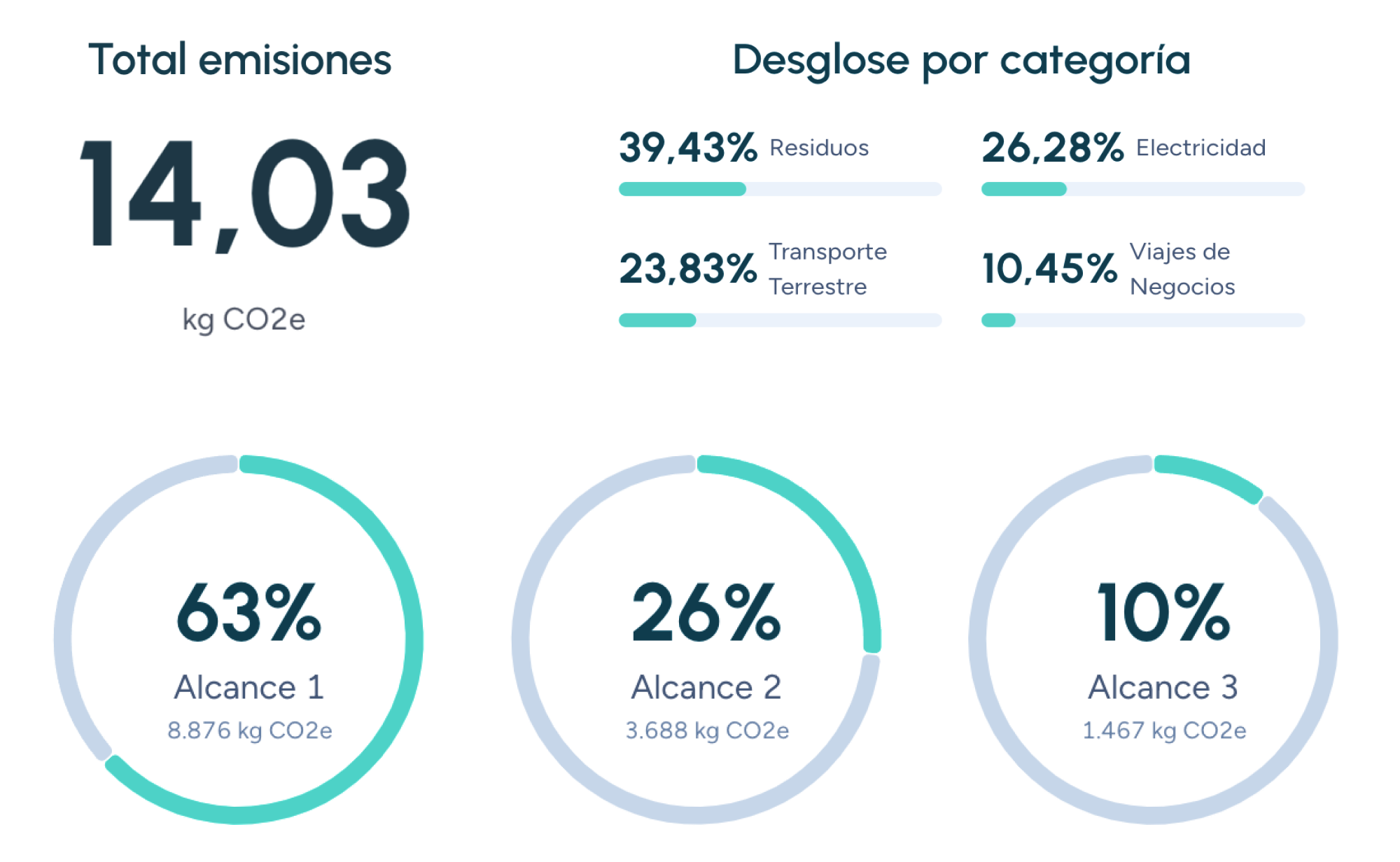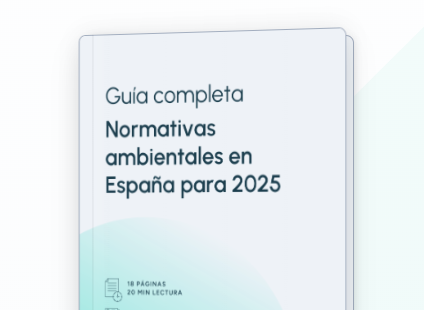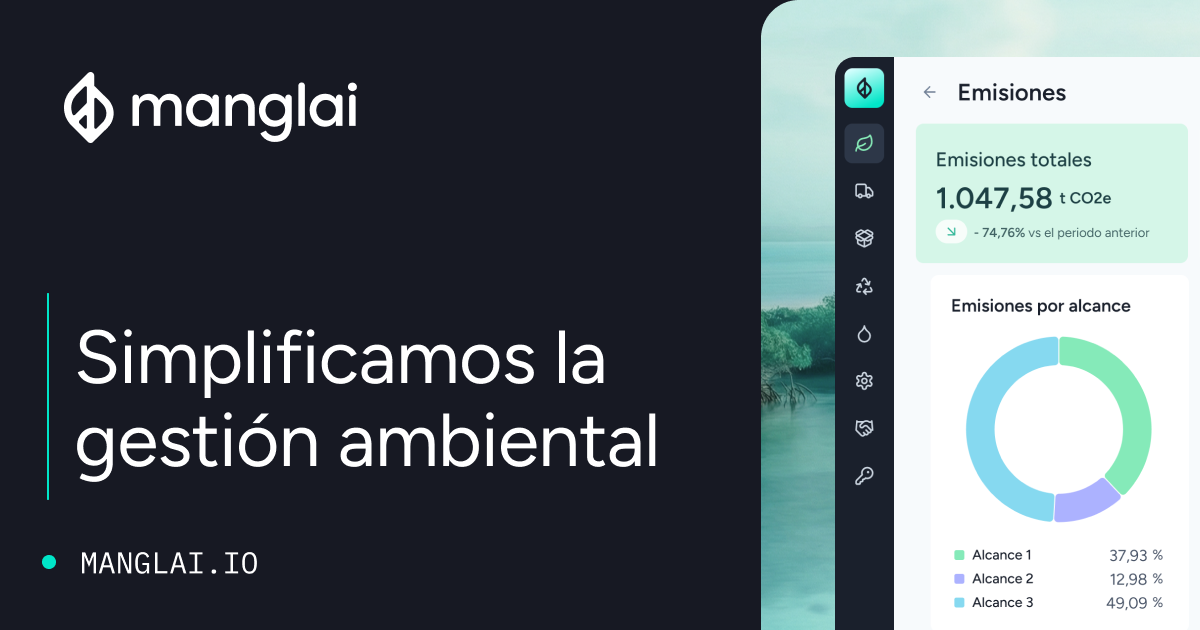T
TNFD (Task Force on Nature-related Financial Disclosures)
The Taskforce on Nature-related Financial Disclosures (TNFD) is a global framework designed to help businesses and organizations identify, assess, and manage nature-related risks and opportunities. Inspired by the success of the Taskforce on Climate-related Financial Disclosures (TCFD), TNFD focuses on biodiversity and ecosystem preservation, which are fundamental for combating climate change and reducing the carbon footprint.
In an era where sustainability and transparency are increasingly demanded by investors, governments, and consumers, TNFD emerges as a critical tool for integrating nature considerations into financial and strategic decision-making.
What is TNFD?
TNFD is an international initiative launched in 2021 to develop a standardized framework for companies to report on their nature-related risks and opportunities. Its goal is to replicate the success of TCFD, which focuses on climate change, by expanding the scope to include biodiversity and ecosystems.
TNFD’s mission is to provide organizations with clear guidance on:
- Evaluating how their activities impact and depend on nature
- Reporting these aspects transparently
This includes:
- Physical risks (such as biodiversity loss)
- Transition risks (such as regulatory changes)
- Opportunities (such as investing in nature-based solutions)
The relationship between TNFD and climate change
Climate change and biodiversity loss are deeply interconnected. According to the IPCC (2022), ecosystem degradation contributes to increased greenhouse gas (GHG) emissions, while nature preservation can act as a carbon sink.
TNFD complements the efforts of TCFD by addressing a critical aspect of climate action: protecting nature.
The four core pillars of TNFD
The TNFD framework is structured around four key pillars, similar to TCFD, guiding organizations in integrating nature considerations into their strategy and reporting:
1. Governance
This pillar focuses on how organizations oversee and manage nature-related risks and opportunities, including:
- Board-level responsibilities
- Senior management roles in sustainability governance
2. Strategy
Companies must assess how nature-related risks and opportunities affect their business objectives in the short, medium, and long term.
This includes evaluating dependencies on ecosystem services such as:
- Water availability
- Pollination
- Soil health
3. Risk management
Organizations must describe the processes used to identify, assess, and manage nature-related risks, including:
- Physical risks, such as deforestation or loss of biodiversity.
- Transition risks, such as new environmental regulations.
4. Metrics and targets
TNFD emphasizes the importance of measuring and reporting key nature-related indicators while setting clear environmental targets.
Key metrics include:
- Carbon footprint
- Water footprint
- Biodiversity loss
Why TNFD matters for carbon footprint measurement
TNFD is especially relevant for companies aiming to reduce their carbon footprint, as it promotes a holistic approach to environmental impact.
Biodiversity loss and ecosystem degradation can increase carbon emissions, while conservation efforts can help mitigate climate change.
For example:
- Deforestation releases large amounts of CO₂ while also removing carbon sinks.
- According to the FAO (2020), deforestation accounts for approximately 10% of global GHG emissions.
By adopting the TNFD framework, companies can identify these risks and implement mitigation strategies.
Benefits of adopting TNFD
Integrating TNFD recommendations offers both environmental and financial advantages:
- Better risk management: Helps prevent supply chain disruptions and other operational issues.
- Access to sustainable financing: Investors are increasingly favoring companies with strong sustainability commitments.
- Regulatory compliance: TNFD facilitates adherence to emerging environmental regulations.
- Enhanced corporate reputation: Companies with strong sustainability practices gain consumer trust and brand value.
Challenges in implementing TNFD
Despite its benefits, adopting TNFD presents some challenges:
- Data availability: Reliable biodiversity and ecosystem data can be limited, especially in certain regions.
- Technical expertise: Many companies lack internal capabilities to assess and manage nature-related risks.
- Implementation costs: Initial investments in nature-based risk assessment tools can be significant.
However, advanced digital solutions—including automated data analysis and AI-driven recommendations—can help overcome these barriers and facilitate TNFD adoption.
Manglai: Tools to help your company align with TNFD
TNFD represents a critical step toward a more sustainable economy, integrating nature considerations into business decision-making.
By adopting this framework, companies can:
- Reduce their carbon footprint
- Support biodiversity conservation
- Strengthen their climate resilience
In a world where sustainability is a top priority, advanced tools like those provided by Manglai play a key role in:
- Measuring and tracking environmental impact
- Developing nature-based strategies
- Generating transparent sustainability reports
By leveraging TNFD recommendations and cutting-edge technology, businesses can drive positive environmental impact while enhancing their competitiveness in the evolving global market.
Companies that trust us

AWARE (Available Water Remaining)
AWARE is a Life Cycle Assessment (LCA) characterisation method that weights the impact of water consumption according to the residual water availability in the local basin.
B Corp Certification
B Corp Certification is a global standard that validates companies for their commitment to sustainability and social responsibility, promoting practices that reduce carbon footprints and create a positive impact on society and the environment.
CBAM: EU Carbon Border Adjustment Mechanism
Analyse how the EU taxes imports according to their carbon footprint, the sectors affected, and the steps companies must take to prepare for 2026.
Guiding businesses towards net-zero emissions through AI-driven solutions.
© 2025 Manglai. All rights reserved
Política de Privacidad


